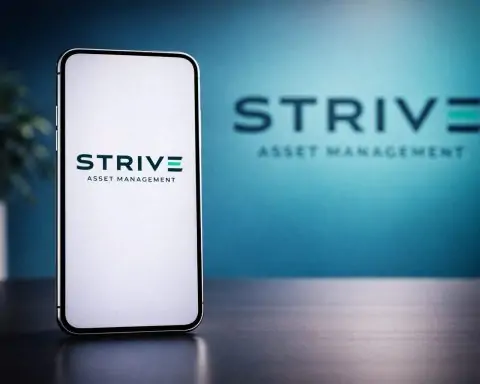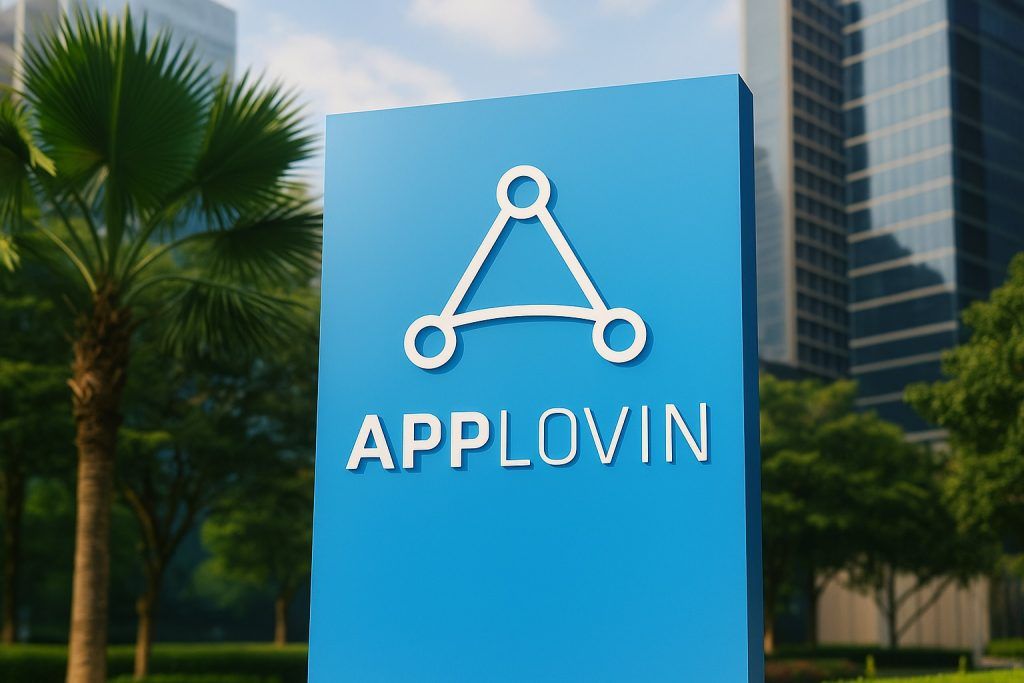Updated Nov. 11, 2025
Key takeaways
- Pfizer’s $10B acquisition of Metsera remains the dominant storyline; today’s coverage focuses on why the board chose Pfizer over Novo Nordisk and what the final terms mean for PFE investors. A shareholder vote is slated for Thursday, Nov. 13. [1]
- Regulatory dynamics mattered: analysis indicates a call from the U.S. FTC weighed on Metsera’s decision, underscoring antitrust risk for a Novo tie‑up and higher certainty with Pfizer. [2]
- Pipeline update (today): Pfizer laid out an aggressive seven‑trial plan for its PD‑1×VEGF bispecific antibody, including a head‑to‑head phase 3 vs. Keytruda in first‑line lung cancer. [3]
- Market check: As of publication, PFE traded ~4–5% higher near $25.50 after last week’s EPS beat and guidance raise. [4]
Where the Metsera deal stands today
Pfizer has agreed to acquire Metsera on final terms worth up to $10 billion, paying $65.60 in cash per share plus up to $20.65 per share in CVRs (maximum $86.25 per share). The structure, which Metsera’s board deemed superior on value and certainty of closing, is expected to go to a shareholder vote on Nov. 13 before closing. [5]
While Novo Nordisk pushed the bidding to similar headline value, meticulous antitrust calculus tipped the field. Reuters Breakingviews reports that FTC outreach helped steer Metsera toward Pfizer; coupled with the U.S. antitrust clearance previously granted for an earlier iteration of the Pfizer–Metsera agreement, the U.S. buyer offered a cleaner path. [6]
Investor reaction: Coverage today notes the post‑bid hangover in Metsera shares, but for Pfizer, sentiment is firmer: PFE traded around $25.50 (+~4–5%) intraday as headlines coalesced around deal certainty and strategy. [7]
Why Metsera matters for Pfizer’s obesity strategy
The obesity market is a once‑in‑a‑generation category forecast to reach $150 billion over the next decade. After Pfizer terminated its danuglipron oral GLP‑1 program in April due to safety concerns, Metsera’s portfolio gives PFE a fresh entry point—including a potentially monthly GLP‑1 injection, GLP‑1/amylin combinations, and an oral candidate. Today’s roundups emphasize that pipeline diversity + antitrust certainty were decisive in Metsera’s selection of Pfizer. [8]
New (today): Pfizer maps out 7‑trial oncology push to challenge Keytruda
In a Nov. 11 briefing covered by Fierce Biotech, Pfizer outlined seven near‑term studies for its PD‑1×VEGF bispecific (PF‑08634404, also referenced as SSGJ‑707). The plan includes:
- A global, 1,500‑patient phase 3 head‑to‑head against Keytruda + chemo in first‑line non‑small cell lung cancer (NSCLC).
- A second phase 3 in metastatic colorectal cancer testing the bispecific + chemo versus bevacizumab + chemo.
- Additional phase 1/2 studies across liver, bladder, and kidney cancers, with broader combination strategies to follow.
These moves build on SITC 2025 data and a July rights deal for the asset—signaling Pfizer’s intent to make the bispecific a backbone therapy across tumor types. [9]
Complementary reporting today underscores the scale of the program—well over 2,000 participants across the first wave—framing Pfizer’s oncology bet as a parallel growth engine alongside the Metsera acquisition. [10]
The tape: shares firmer as fundamentals improve
Stock: PFE ~$25.50 (+4–5%) intraday on Nov. 11 (delayed). [11]
Recent results (Nov. 4): Pfizer beat Q3 expectations ($0.87 adj. EPS) and raised 2025 EPS guidance to $3.00–$3.15 as cost controls bite, even as the company weighed a higher Metsera offer. Those results temper balance‑sheet concerns about adding another large transaction. [12]
Legal and process watch (context for today’s coverage)
- Litigation: On Nov. 3, Pfizer filed a second lawsuit alleging anticompetitive conduct by Metsera’s owners and Novo; on Nov. 5, the Delaware Chancery Court denied a temporary restraining order sought by Pfizer when Novo’s bid was briefly in pole position. Those rulings are now largely mooted by Novo’s withdrawal and Metsera’s agreement with Pfizer. [13]
- Regulatory backdrop: Before the bidding escalated, the FTC granted early termination of the HSR waiting period for a Pfizer–Metsera transaction, reinforcing Pfizer’s message on deal certainty. [14]
What to watch next
- Nov. 13 Metsera shareholder vote and closing timing. [15]
- Integration roadmap: clarity on lead obesity programs (e.g., monthly GLP‑1 injection timeline) and spend cadence post‑close. [16]
- Oncology data flow: first readouts and enrollment progress from the Keytruda head‑to‑head and colorectal study starts outlined today. [17]
Bottom line
Today’s news flow crystallizes Pfizer’s two‑pronged growth story: (1) lock down Metsera to re‑enter obesity with meaningful assets on U.S.‑friendly antitrust footing, and (2) scale an oncology franchise built around a PD‑1×VEGF bispecific designed to challenge Keytruda head‑on. With shares firmer and guidance higher, the focus shifts to execution—securing the vote, closing smoothly, and turning today’s trial plans into tomorrow’s data. [18]
Disclosure: This article is for information only and is not investment advice.
References
1. www.wsj.com, 2. www.reuters.com, 3. www.fiercebiotech.com, 4. www.reuters.com, 5. www.reuters.com, 6. www.reuters.com, 7. www.investors.com, 8. www.reuters.com, 9. www.fiercebiotech.com, 10. www.bloomberg.com, 11. www.reuters.com, 12. www.reuters.com, 13. www.pfizer.com, 14. www.pfizer.com, 15. www.wsj.com, 16. www.reuters.com, 17. www.fiercebiotech.com, 18. www.reuters.com







